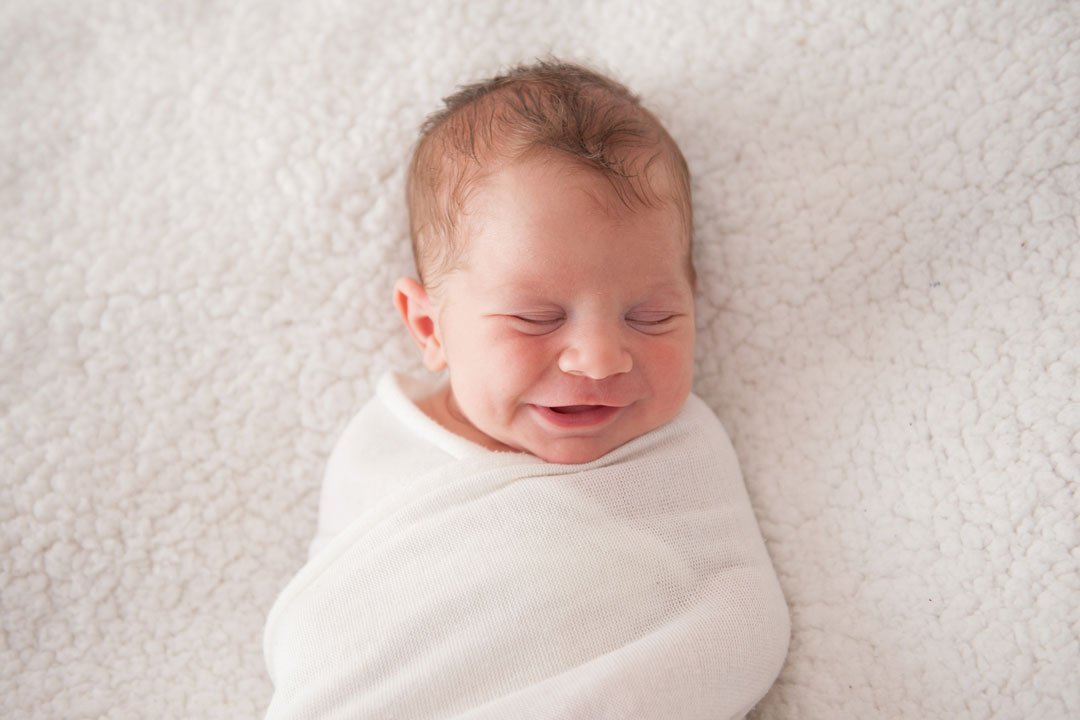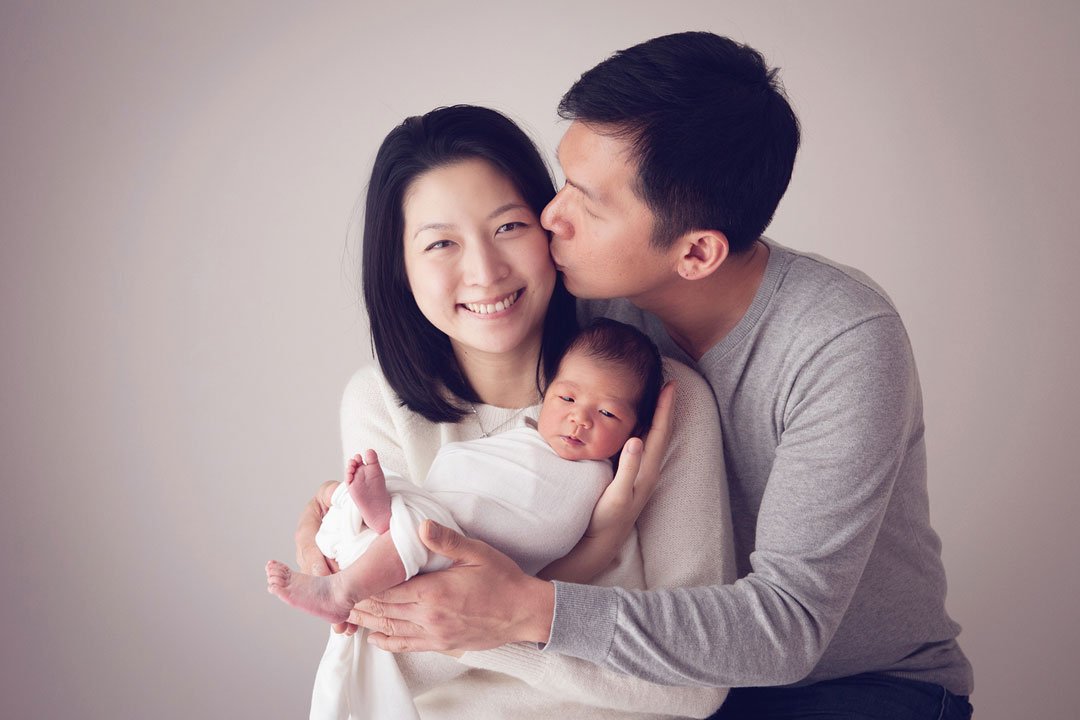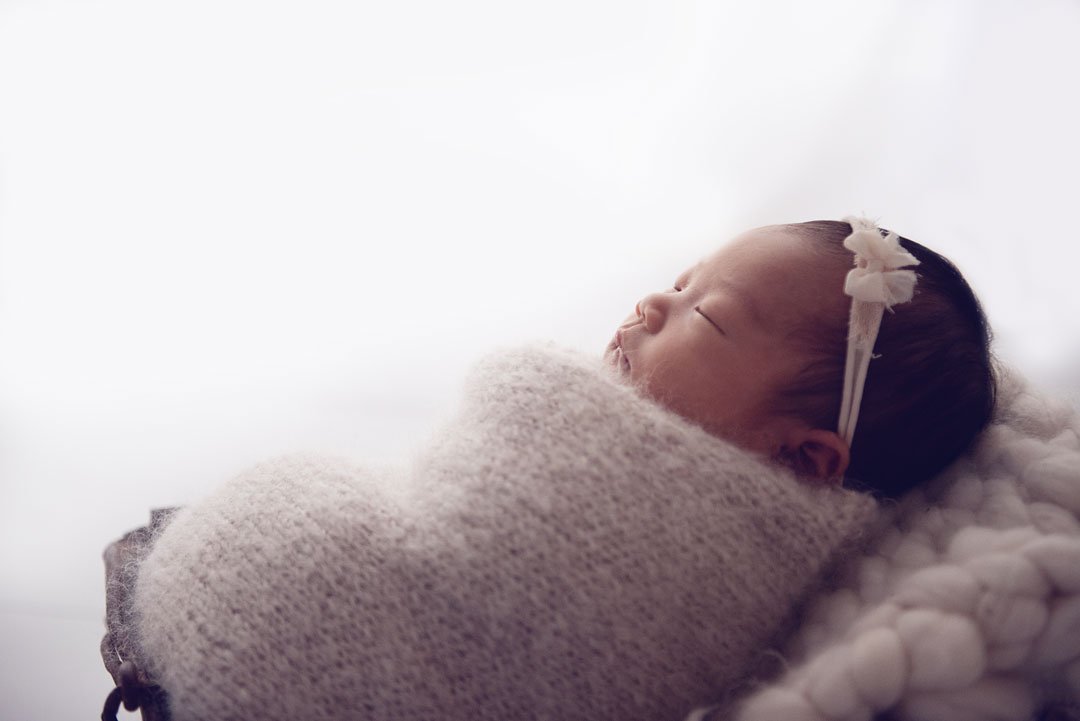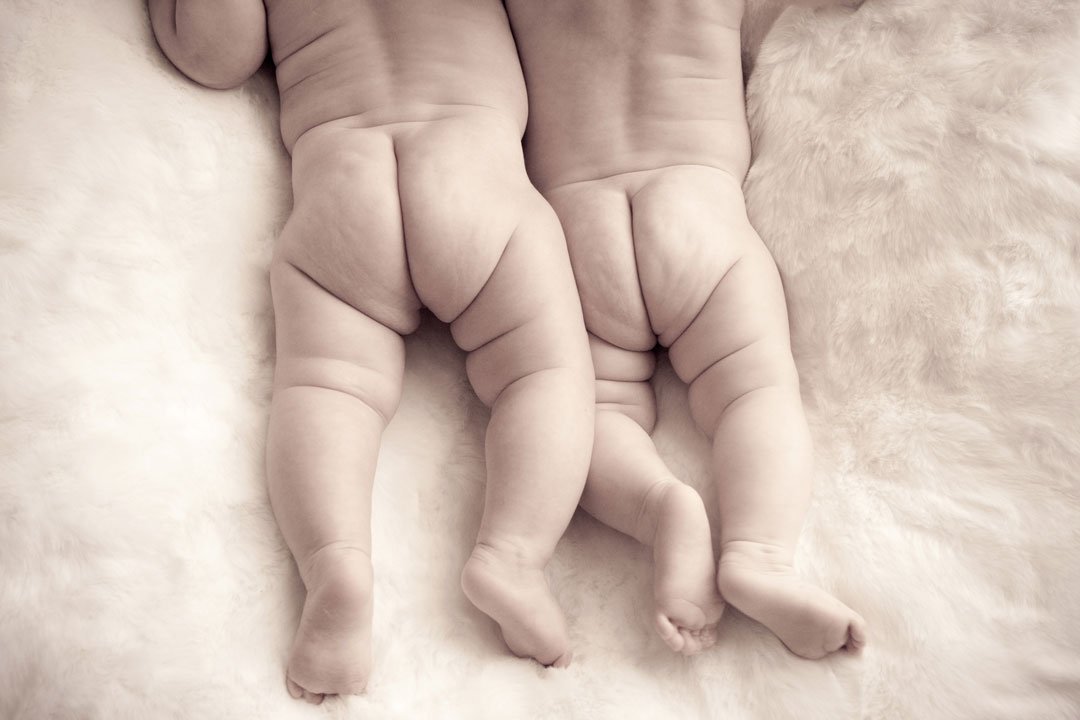Safe sleep for newborns is a new parent’s number one priority to keep our little ones safe.

Creating a safe sleep for newborns is one of the first considerations for parents even before baby arrives. According to a recent study by Red Nose sadly over 3,000 children die suddenly and unexpectedly each year. 112 of those are linked with SIDS and sleep accidents.
Since the establishment of education and information sharing around SIDS in 1989 Red Nose have recorded an 85% reduction in the number of SIDS cases in Australia.
Concerningly in their 2020 report they have seen a jump of 20% in the recorded number of SIDS deaths in the past 12 months.

Table of Contents
ToggleSIDS & SUDI – Safe Sleep for Newborns
Sudden Infant Death Syndrome (SIDS) and Sudden Unexpected Death in Infancy (SUDI) are terms given to the unexpected death of an apparently healthy child under the age of one during sleep where after an autopsy, no other cause of death can be identified. The exact reason for SIDS and SUDI are still unknown and therefore there is no known cure and no hard and fast preventative measure that will guarantee you will not have to experience the heartbreak that no parent should ever have to experience. Safe sleep for newborns is our number one priority.
Research over the past three decades however has identified some contributing factors that may increase a child’s risk of having a SIDS event as well as some simple strategies that parents can implement at home to significantly reduce the risk of SIDS and Sleep Accidents occurring.
The Triple Risk model has been identified as a way of understanding how the risk factors for SIDS interact. The model suggests that if a vulnerable child going through a critical developmental period is exposed to an external stressor they may not be able to cope and may die of SIDS. The key message of this model is that any one of these factors on their own is not likely to cause the death of a child but in fact the combination of two or more factors occurring at the same time. When identifying what classes a child as vulnerable there are several factors which are already known to increase a child’s risk of SIDS these include babies born prematurely, with low birth weight and those whose mothers smoked or used illicit drugs whilst pregnant. Recent research has also identified a common protein abnormality in children that have died from SIDS that may be a contributing factor.
Further research to the exact implications of this as well as potential future screening tools is still underway but shows promising findings. Critical Developmental periods, more commonly known as leaps or wonder weeks, increase the risks of a SIDS event occurring during the first 12 months of a child’s life, and particularly frequent during the first 6 months of life with 90% of SIDS Deaths occurring between 2-4 months. An external stressor is something that normally a child would experience and it would not cause any complications but associated with the other 2 factors significantly increases the SIDS risk. An external stressor can include sleeping baby on their stomach or on a soft sleep surface, overheating or respiratory infections. As you can see safe sleep for newborns is still as relevant today as 20 years ago.

Safe Sleep for Newborns Recommendations
There are 6 main recommendations that have been identified through research as simple steps parents can take at home to provide their child with a Safe sleep for newborns environment and reduce their risks of SIDS and sleep accidents occurring.
- Firstly, always put baby to sleep on their back. Once a baby is old enough to roll and lift the weight of their own head, it is safe to let them find their own comfortable safe sleep for newborns sleeping position. There is no need to constantly roll them back onto their back. As soon as the baby is old enough to roll themselves onto their stomach make sure their arms are let free from any swaddles or sleeping bags so they are able to push themselves up if needed.
- Overheating is one of the external stressors that can lead to an increased risk of SIDS. Babies heads make up approximately 1/3 of their total body length and thus in turn provide a large portion of their total body surface area. Unlike adults, babies are unable to remove their own covers or clothes if feeling too hot. Instead they transfer heat through the only part of their body exposed to the external environment, their heads. Covering a baby’s head reduces the available surface area for heat exchange to occur which therefore reduces the ability for them to cool down if they become too hot leading to the second recommendation of always leaving babies head and face uncovered.
- Babies whose mothers smoked during their pregnancy are more commonly born premature with low birth weights. Both of which class these babies as vulnerable infants. Babies exposed to tobacco smoke before and after birth can be harder to rouse and are at increased risk of respiratory issues and lung infections. The third recommendation to reduce your baby’s risk factors, is to keep baby smoke free before and after birth. This can be achieved by quitting smoking before falling pregnant or as soon as possible after finding out you are pregnant. Do not let anyone smoke around your baby. If they are smoking outside a designated smoking jacket should be worn and removed and hands washed before having contact with the baby. Do Not bed share a baby with a smoker, or sleep baby on any bedding used by a smoker.
- An ideal safe sleep for newborns environment is a stand alone cot or porta cot that meets the Australian and NZ safety standards, with a well fitting firm mattress, free from any pillows, cot bumpers, loose bedding or toys. SIDS and sleep accidents do not just occur at night so providing a safe sleeping environment for both day and night sleeps is important. Other sleeping environments are not governed by strict safety standards and can have huge variations between their designs. Many parents prefer to use bassinets in the early weeks. If using a bassinet, follow the same rules as using a cot. Once the baby is old enough to roll move them to a full sized cot or porta cot. Other things like prams, capsules and bouncers can be a life saver for many parents particularly during the early weeks where it lets them get out and about without disrupting baby’s sleep too much. Letting baby sleep in such places is fine as long as it is under supervision. Babies should not be left unattended or unsupervised in these environments for any period of time even if they are strapped in.
- Some mothers may not be able to or do not want to breastfeed and this decision needs to be made based on what is best for the mother and the family. When looking at safe sleep research has shown a 50% decrease in risk of SIDS in babies who are breastfed for at least the first 2 months of life, with increasing protection the longer they are breastfed for. Babies do not need to be exclusively breastfed to reap the benefits. Breast Milk helps to boost babies immune systems, helping protect them against common infections as well as boosting healthy gut bacteria. If formula feeding, you can still reduce the risks of SIDS by following the other safe sleep for newborns guidelines.
- Bed sharing or co-sleeping is not recommended as it can increase the risks of SIDS and sleep accidents. As a parent you may choose to bed share, or there may be time where for your own mental health you need to share a sleep space with your child in order to get them to sleep. If sharing a sleep space with your baby there are some things to consider to make it as safe as possible. NEVER bed share when under the influence of drugs, alcohol or when overtired. NEVER sleep baby between two parents, position away from any walls, move the mattress to the floor if possible, do not share blankets or swaddle baby, use a fitted sleeping bag instead.

Safe Sleep for Newborns – Twins
If you are lucky enough to be double blessed with twins it is safest to sleep each twin in their own separate cot following Safe sleep for newborns guidelines. Although it is often common practice to assist with settling particularly in the early weeks for twins to share the same sleep space, after all they did share a womb for almost 9 months. If sleeping twins in the same cot place one twin at either end of the cot with feet as far to the end as possible. Do not use any blankets, instead swaddle or dress in fitted sleeping bags. As soon as either of the twins is able to move or roll around the cot move them to separate sleep spaces to prevent accidental suffocation.
By following the Safe sleep for newborns recommendations, you are providing the safest possible sleeping environment for your little one. Another way to make sure you are doing everything to keep your child safe is to make sure you have completed a first aid course specific for babies and children. In the event that anything should happen to your child, having the knowledge and confidence to provide timely first aid assistance can significantly improve their outcomes.
For more information on group safety classes for parents check out www.parentmedic.co



